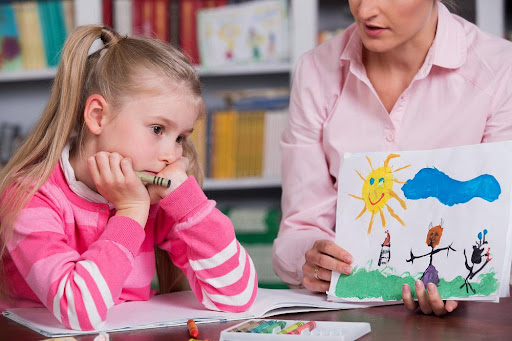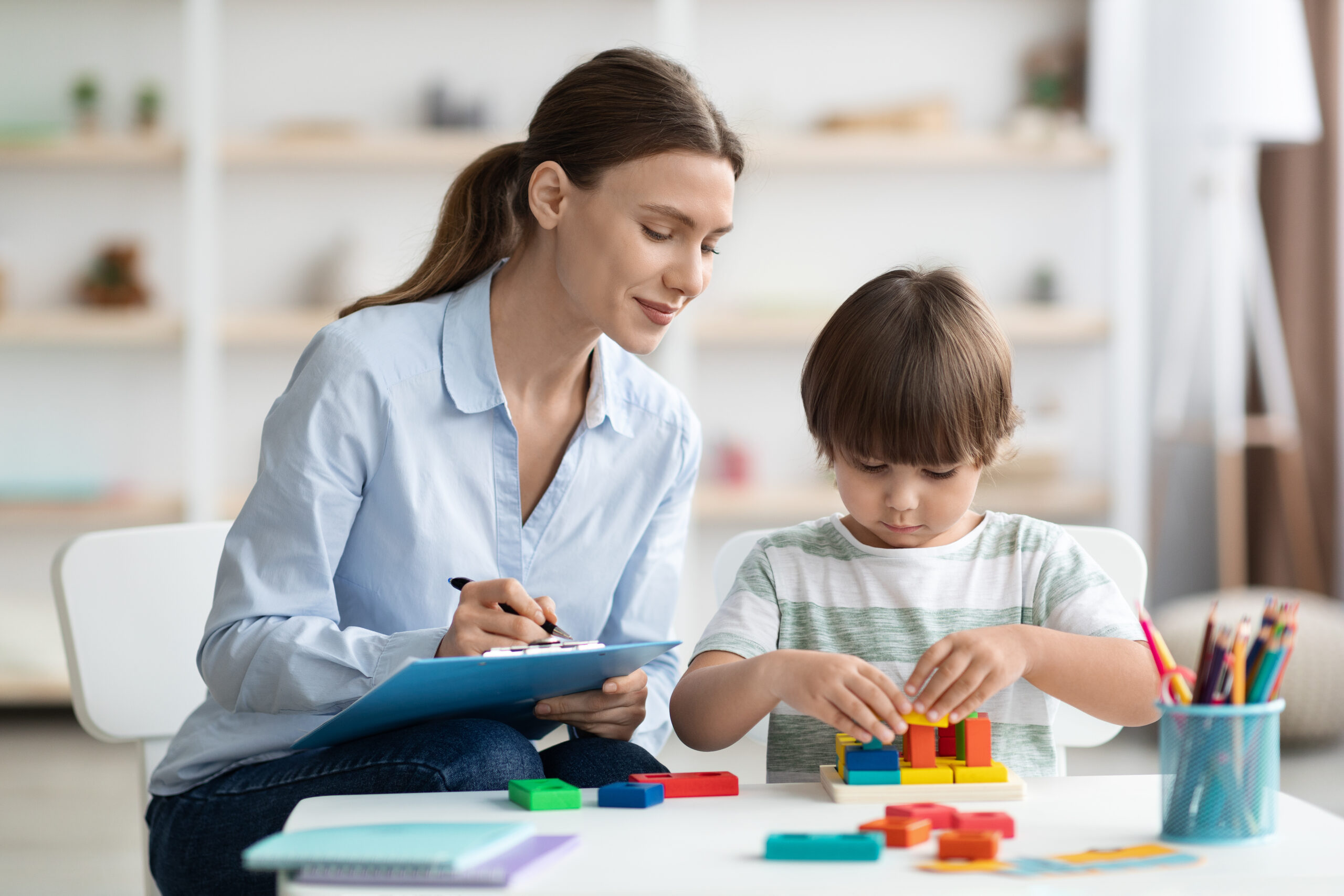Psychological Education Methods for American Children: Supporting Emotional Expression and Development
Psychological Education Methods for American Children: Supporting Emotional Expression and Development
Emotional well-being is a vital aspect of childhood development, yet it is often overlooked in traditional education. In the United States, more parents and educators are recognizing the importance of teaching children how to understand, express, and manage their emotions. In this post, we will explore effective psychological education methods that foster emotional intelligence, including practical strategies and activities to support emotional growth.
1. Why Emotional Education Matters
Emotional education helps children develop self-awareness, empathy, and healthy coping mechanisms. By teaching kids how to identify and express their feelings, they learn to navigate social situations and manage stress more effectively.
Key Benefits of Emotional Education
- Improved Communication: Helps children articulate their emotions clearly.
- Enhanced Self-Regulation: Reduces tantrums and emotional outbursts.
- Social Skills: Builds empathy and cooperation with peers.
- Mental Health Support: Encourages positive coping strategies from a young age.
2. Popular Psychological Education Methods in the USA
2-1. Social-Emotional Learning (SEL)
- What It Is: An educational approach that helps children develop emotional intelligence and interpersonal skills.
- Core Competencies:
- Self-Awareness
- Self-Management
- Social Awareness
- Relationship Skills
- Responsible Decision-Making
How to Implement SEL at Home
- Emotion Check-Ins: Start the day by asking how your child feels.
- Feeling Charts: Use visual aids to help children identify emotions.
- Role-Playing: Act out different social situations to practice responses.
- Mindful Breathing: Teach simple breathing exercises to manage stress.
2-2. Play Therapy Techniques
- What It Is: Using play to help children express and process their emotions.
- Benefits: Makes emotional exploration feel safe and non-threatening.
Play Therapy Activities
- Puppet Play: Allow children to act out feelings using puppets.
- Sand Tray Therapy: Use miniature figures to represent emotions and situations.
- Art Expression: Drawing or painting emotions can help children process complex feelings.
2-3. Mindfulness and Meditation Practices
- Purpose: Help children develop self-regulation and inner calm.
- Techniques:
- Guided Meditation: Use apps like Headspace for Kids or Calm.
- Mindful Coloring: Engage in coloring mandalas or simple patterns.
- Gratitude Journals: Write down things they are thankful for daily.
3. Building Emotional Vocabulary
3-1. Teach Feeling Words Early
- Why It Helps: Children who can name their feelings are more likely to express them constructively.
- Examples: Happy, Sad, Angry, Scared, Excited, Nervous
3-2. Use Storybooks to Illustrate Emotions
- Recommended Books:
- The Color Monster by Anna Llenas
- In My Heart: A Book of Feelings by Jo Witek
- The Way I Feel by Janan Cain
3-3. Interactive Activities
- Emotion Cards: Have children pick a card that matches their current feeling.
- Emotion Charades: Act out emotions and guess what they are.
- Feeling Jars: Decorate jars labeled with different emotions and fill them with notes or drawings related to each feeling.
4. Encouraging Emotional Expression
4-1. Validate Their Feelings
- Why It Matters: Validation helps children feel heard and understood.
- How to Respond:
- Instead of saying “Don’t cry,” try, “It’s okay to feel sad.”
- Acknowledge feelings without judgment: “You seem upset—want to talk about it?”
4-2. Model Emotional Expression
- Lead by Example: Show your child how to express frustration calmly.
- Share Your Feelings: Open up about your emotions in age-appropriate ways.
4-3. Provide Safe Outlets
- Journaling: Let older children write about their feelings.
- Creative Arts: Encourage drawing, dancing, or singing as ways to express emotions.
- Talking Time: Set aside dedicated moments to share thoughts and feelings.
5. Using Technology to Support Emotional Learning
5-1. Mobile Apps for Emotional Intelligence
- Moshi: Guided meditations and bedtime stories.
- Stop, Breathe & Think Kids: Mindful breathing and emotional awareness.
- Breathe, Think, Do with Sesame: Helps younger kids learn problem-solving and emotion management.
5-2. Online Resources and Videos
- GoNoodle: Mindful movement and guided breathing.
- Cosmic Kids Yoga: Yoga routines designed for emotional balance.
- PBS Kids Social Skills Videos: Engaging lessons on empathy and kindness.
6. Building a Supportive Emotional Environment
6-1. Positive Reinforcement
- Praise Emotional Honesty: Acknowledge when children openly share feelings.
- Reward Effort: Celebrate attempts to manage emotions positively.
6-2. Encourage Peer Support
- Playdates with Purpose: Arrange group activities that promote teamwork and cooperation.
- Family Bonding: Share stories about dealing with emotions and coping strategies.
6-3. Safe Space for Expression
- Quiet Corner: Designate a calming space for reflection and relaxation.
- Comfort Objects: Allow children to hold their favorite toy or blanket when overwhelmed.
7. Final Thoughts
Supporting children’s emotional development is essential for their long-term well-being and happiness. By incorporating psychological education into everyday life, parents can help children learn to recognize, express, and manage their emotions effectively. Whether through play therapy, mindfulness practices, or open conversations, building emotional intelligence equips children with the tools they need to navigate life’s challenges confidently.
Related Keywords
Child psychology education USA, emotional development for children, mindfulness for kids, play therapy activities, emotional intelligence training
Amazon best seller







Comments